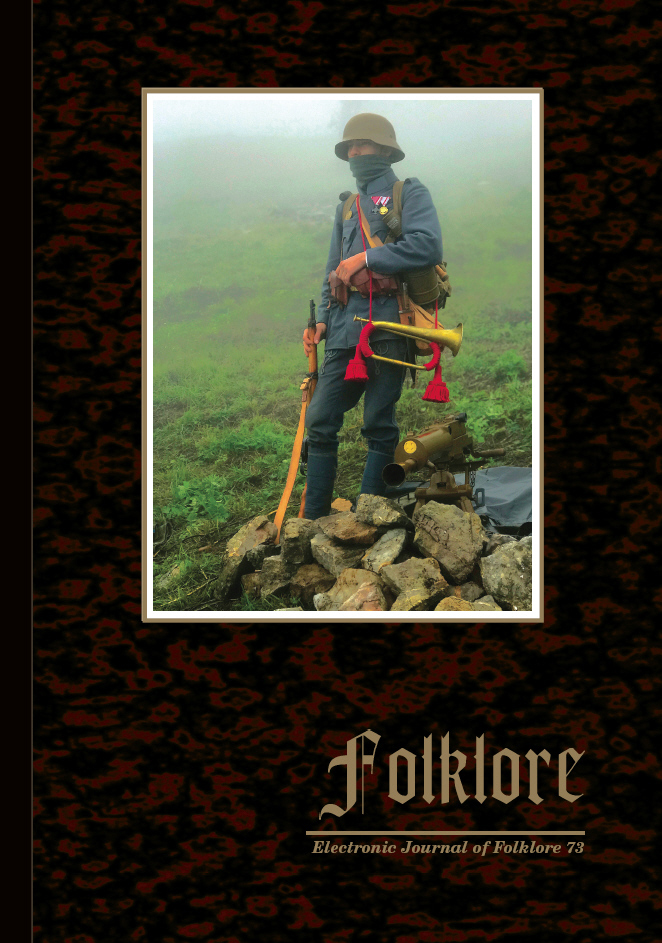Historical Introduction: The Experience and Memory of Trenches Near the Soča River
Historical Introduction: The Experience and Memory of Trenches Near the Soča River
Author(s): Marko ŠtepecSubject(s): Customs / Folklore, Cultural Anthropology / Ethnology, Culture and social structure
Published by: Eesti Kirjandusmuuseum
Keywords: Austro-Hungarian Army; First World War; Isonzo Front; Italian Army; offensive; Soča River; soldiers
Summary/Abstract: The First World War brought many changes to everyday life and came as a surprise to many contemporaries. The territory of today’s Slovenia mostly belonged to the 3rd Austro-Hungarian Army Corps. More than 160,000 soldiers were mobilized in these recruiting districts. The fact that the labor of at least five people was needed to provide for just one soldier on the frontline sums up how the hinterland was connected with the front. The fatalities among the soldiers were extremely high. During the first five offensives, the positions of the front were basically unchanged despite a large number of casualties. The Italian conquest of Gorica/Gorizia in August 1916 was followed by a new wave of refugees and the retreat of the Austro-Hungarian Army from the Doberdob/Doberdo Plateau to the new defense line in the Karst region. The atmosphere in the hinterland was affected by a feeling of scarcity and growing discontent. With the successful breakthrough in 1917 (the battle of Caporetto), which shifted the front to the Piave River, the Isonzo Front drew the attention of military strategists and became known internationally. At the end of October 1918, Austria-Hungary collapsed and new states emerged on its territory, among them the State of the Slovenes, Croats, and Serbs. Thus the stories of the soldiers and the memory of the fallen remained within the family circle and local cemeteries, far from national celebrations, out of the collective memory of the new state. Later, the memory of the Second World War and the postwar revolution also completely obscured the memory of the years 1914–1918. A characteristic feature of Slovenia in the period after the Second World War was that the first museum collections were created by private collectors, who collected material remains of the war on the trackless Soča landscape.
Journal: Folklore: Electronic Journal of Folklore
- Issue Year: 2018
- Issue No: 73
- Page Range: 19-26
- Page Count: 8
- Language: English

